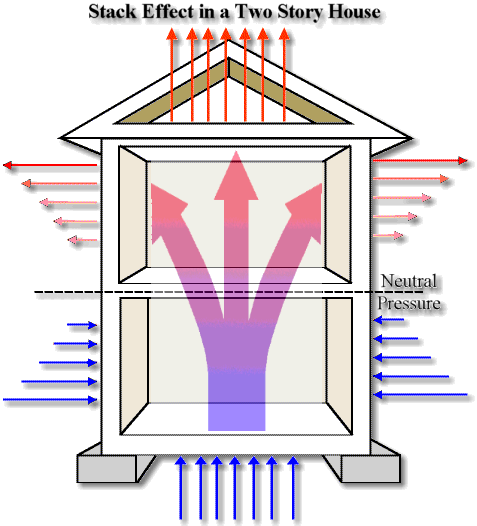

Measurements of the Stark effect under high field strengths confirmed the correctness of the new quantum theory.Īn electric field pointing from left to right, for example, tends to pull nuclei to the right and electrons to the left. While the first-order-perturbation (linear) Stark effect in hydrogen is in agreement with both the old Bohr–Sommerfeld model and the quantum-mechanical theory of the atom, higher-order corrections are not. He derived equations for the line intensities which were a decided improvement over Kramers's results obtained by the old quantum theory. Erwin Schrödinger discussed at length the Stark effect in his third paper on quantum theory (in which he introduced his perturbation theory), once in the manner of the 1916 work of Epstein (but generalized from the old to the new quantum theory) and once by his (first-order) perturbation approach.įinally, Epstein reconsidered the linear and quadratic Stark effect from the point of view of the new quantum theory. The first quantum mechanical treatment (in the framework of Werner Heisenberg's matrix mechanics) was by Wolfgang Pauli. Kramers also included the effect of fine structure, with corrections for relativistic kinetic energy and coupling between electron spin and orbital motion. Four years later, Hendrik Kramers derived formulas for intensities of spectral transitions. Not deterred by this prediction, Stark undertook measurements on excited states of the hydrogen atom and succeeded in observing splittings.īy the use of the Bohr–Sommerfeld ("old") quantum theory, Paul Epstein and Karl Schwarzschild were independently able to derive equations for the linear and quadratic Stark effect in hydrogen. This estimate was a few orders of magnitude too low. By using experimental indices of refraction he gave an estimate of the Stark splittings. Inspired by the magnetic Zeeman effect, and especially by Hendrik Lorentz's explanation of it, Woldemar Voigt performed classical mechanical calculations of quasi-elastically bound electrons in an electric field. The discovery of this effect contributed importantly to the development of quantum theory and Stark was rewarded with the Nobel Prize in Physics in the year 1919. It was independently discovered in the same year by the Italian physicist Antonino Lo Surdo, and in Italy it is thus sometimes called the Stark–Lo Surdo effect. The effect is named after the German physicist Johannes Stark, who discovered it in 1913. The latter is sometimes called the inverse Stark effect, but this term is no longer used in the modern literature. The Stark effect can be observed both for emission and absorption lines. For most spectral lines, the Stark effect is either linear (proportional to the applied electric field) or quadratic with a high accuracy. In particular, the Stark effect is responsible for the pressure broadening (Stark broadening) of spectral lines by charged particles in plasmas. Although initially coined for the static case, it is also used in the wider context to describe the effect of time-dependent electric fields. It is the electric-field analogue of the Zeeman effect, where a spectral line is split into several components due to the presence of the magnetic field. The Stark effect is the shifting and splitting of spectral lines of atoms and molecules due to the presence of an external electric field. Note that energy levels can cross due to underlying symmetries of motion in the Coulomb potential. Each n level consists of n − 1 degenerate sublevels application of an electric field breaks the degeneracy. Computed energy level spectrum of hydrogen as a function of the electric field near n = 15 for magnetic quantum number m = 0.


 0 kommentar(er)
0 kommentar(er)
